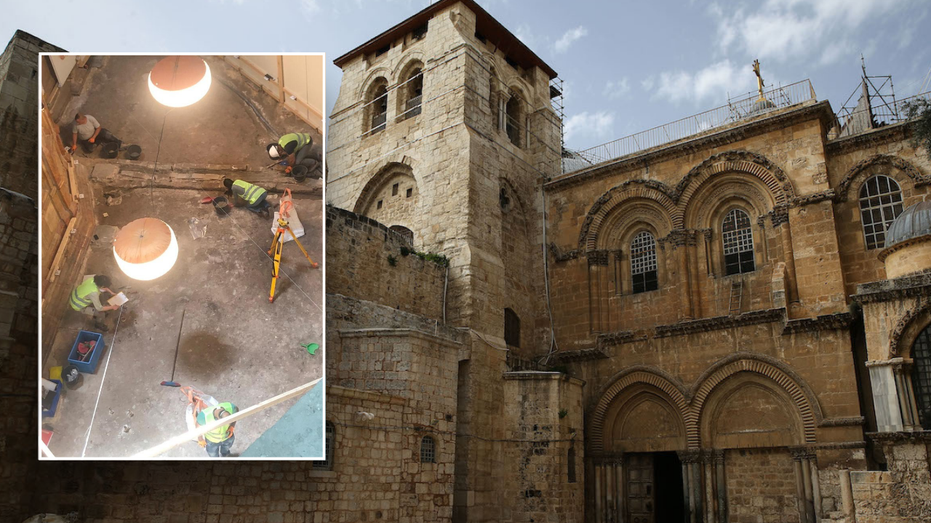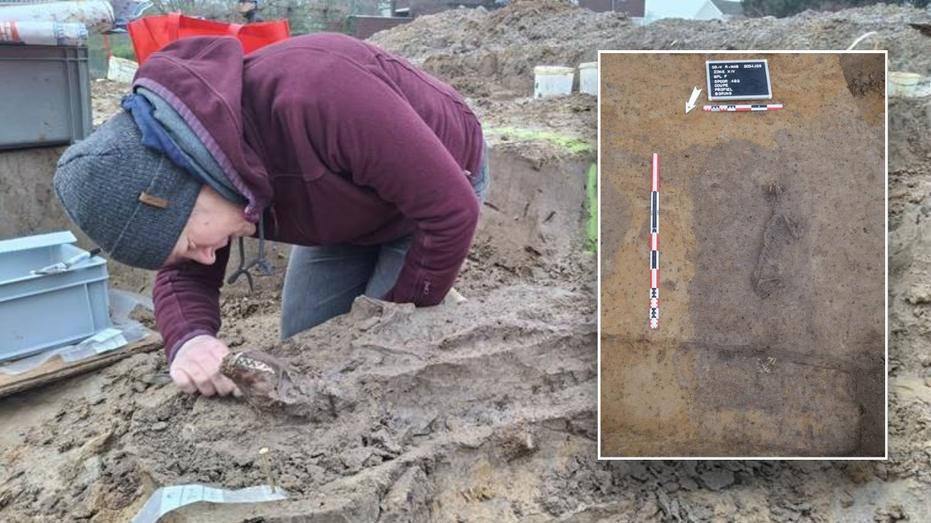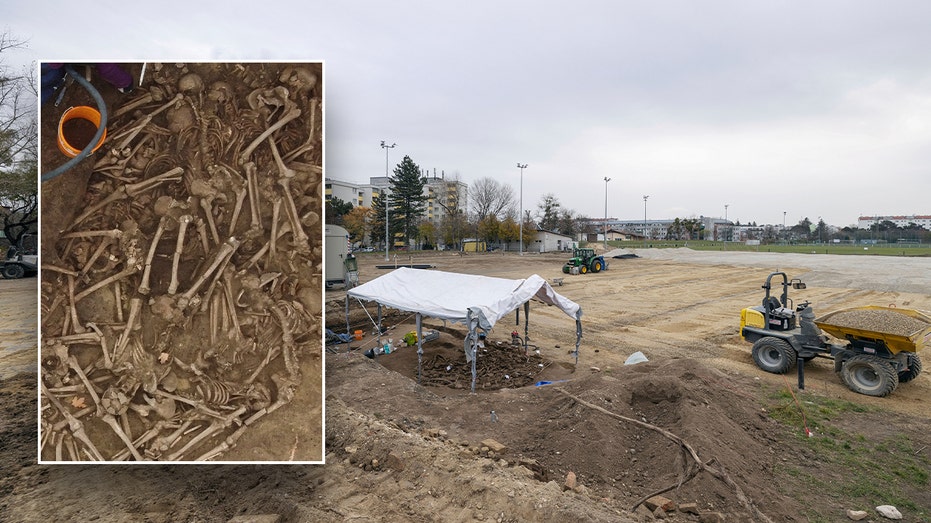- by foxnews
- 08 Apr 2025
Excavation near site where Jesus was crucified and buried results in ancient discovery
Proof of ancient olive trees and grapevines, consistent with a Bible verse, has been found at the Church of the Holy Sepulchre in Jerusalem, an archaeologist confirms.

Proof of an ancient garden, consistent with biblical scripture, has emerged at the holiest site in Christianity - and an archaeologist says "many surprises" from the site are in the works.
The discovery echoes the New Testament verse John 19:41, "Now in the place where he was crucified there was a garden, and in the garden a new tomb in which no one had yet been laid."
Francesca Stasolla, an archaeology professor at the Sapienza University of Rome, confirmed the findings with Fox News Digital on Wednesday. She said the proof of the ancient garden came in the form of seeds and pollen.
Calvary, the site where the church stands, had multiple uses in ancient times, including being used as a quarry.
While the exact age of the organic material has yet to be determined, Stasolla said the pollen and seeds date back "in between the use of the quarry and the Roman age, when the area had a funerary use."
"The quarry had to be gradually abandoned and as the stone extraction ended it was used for agricultural areas and tombs," Stasolla said. "This must have been what it looked like in the 1st century A.D."
Stasolla also mentioned that many artifacts have been found at the site so far, with some dating all the way back to the Iron Age. The discoveries attest to the area's status as a pilgrimage location since the fourth century.
"And this is what it is giving back," she added. "An area that, from a certain moment on, becomes central in the Christian cult."
The church was founded in 326 A.D., though the original fourth-century structure was destroyed by Islamic ruler al-Hakim bi-Amr Allah in 1009 A.D.
The site was taken over by Christian Crusaders nearly a century later, and Stasolla said that the still-standing church is largely the work of the Crusaders.
"The current church is that of the Crusader reconstruction, but the whole church is a composition of historical phases from the fourth century to the modern age," she described.
Stasolla also emphasized that the excavation work is "still in progress, and the study will reserve many surprises."
"It is certainly a strategic excavation for the knowledge of the development of the city and its process of sacralization in a Christian key," she said.
- by foxnews
- descember 09, 2016
Ancient settlement reveals remains of 1,800-year-old dog, baffling experts: 'Preserved quite well'
Archaeologists have recently unearthed the remarkably well-preserved remains of a dog from ancient Rome, shedding light on the widespread practice of ritual sacrifice in antiquity.
read more




